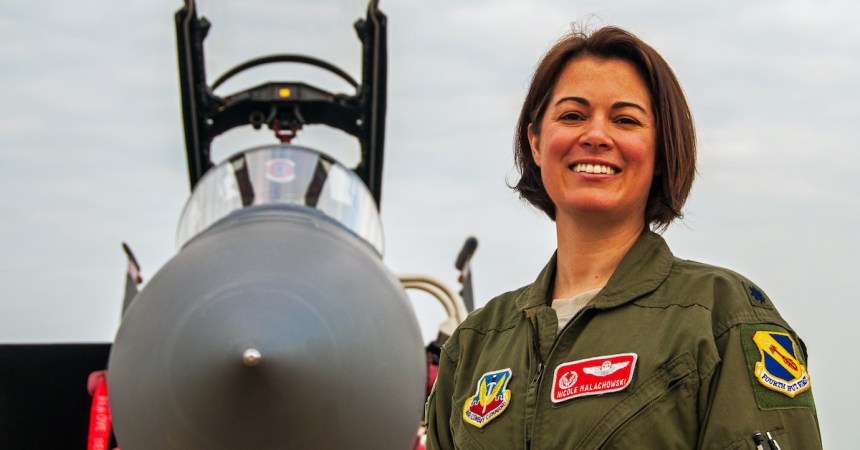In many spy thrillers, the characters who work for a secret agency typically walk through a series of security checkpoints to get to their classified briefing rooms are offices.
The series of checks usually consists of voice and fingerprint confirmation. But one test movies love to use but may seem a little over-the-top is the retinal scan.
Developed in the 1980s, the basic science behind retinal scanners hasn’t changed much throughout the years. The electronic machines cast out low-energy infrared light tracing a path of the human retina while recording all the structures in a detailed image.
It’s much more accurate than a fingerprint. (Image via Giphy)In fact, ground troops have been using a retina scanning system called “Bat and Hiide,” or Biometric Automated Toolset and Handheld Interagency Identity Detection Equipment to nab potential terrorists.
Related: This is how Marines set up ‘vehicle checkpoints’ in enemy territory
Terrorists are known to disguise their identities and use false documents to try to infiltrate bases and friendly force formations, so security personnel need a way to ID bad guys they can’t fake.

Many countries don’t require licenses to operate a motor vehicle and often bad guys use multiple aliases to clear various checkpoints throughout their country.

This woman is scanned and registered in the system while waiting for service in an Egyptian Hospital at Bagram Airfield, Afghanistan. (Source: U.S. Air Force)
Also Read: 6 reasons why it’s not a good idea to attack a Marine FOB
While fingerprints can be shaved down, retinal scans are proving to be an efficient way of documenting and cataloging people and their movement.
The tech will input each new encounter into the system and any information on the individual including suspected age, height, weight and other information.
This data gets stored and can be viewed only by selected service members and civilians.
If someone gets detained in the battlefield for questioning, this system will effectively confirm the person’s identity and any history of previous scans.

Depending on the results from the database, the individual in question will either be detained or sent on their way.
With this type of technology, terrorists can run, but they can’t hide. ‘Merica!


















